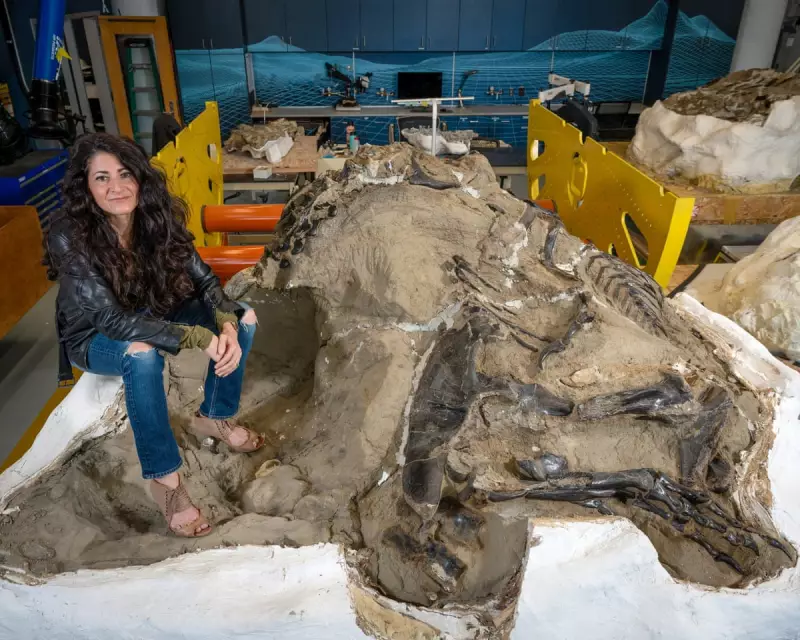
One of paleontology's most heated debates has finally been settled, as scientists confirm that Nanotyrannus was indeed a distinct species of tyrannosaur – not merely a juvenile T. rex as previously argued.
The Fossil That Changed Everything
The resolution comes from groundbreaking analysis of the legendary 'Duelling Dinosaurs' fossil, discovered in Montana's Hell Creek Formation. This extraordinary specimen preserves a young tyrannosaur and a Triceratops locked in combat for 76 million years.
Dr. Nick Longrich from the University of Bath led the research that examined growth rings, anatomy, and morphology of the controversial specimen. 'The evidence is overwhelming,' he states. 'This wasn't a young T. rex – it was a completely different animal.'
Anatomy Tells the True Story
The research team identified several key differences that separate Nanotyrannus from its larger cousin:
- Longer arms and larger claws compared to T. rex
- Different skull structure with a wider, more powerful bite
- Distinct bone texture and growth patterns
- Lighter, more agile build suggesting different hunting strategies
'The anatomical differences aren't just minor variations,' explains Dr. Longrich. 'They point to animals that occupied different ecological niches and hunted different prey.'
Ending a Scientific Standoff
For decades, paleontologists have been divided into two camps. Some insisted Nanotyrannus was merely juvenile T. rex, while others argued the differences were too significant to ignore.
The new findings, published in Fossil Studies, provide the most compelling evidence yet that North America was home to multiple tyrannosaur species living alongside T. rex. This revelation paints a more complex picture of the Late Cretaceous ecosystem.
What This Means for Dinosaur Science
- Rewrites our understanding of tyrannosaur diversity in North America
- Suggests more complex predator-prey relationships in the Cretaceous period
- Highlights the importance of re-examining existing fossil collections
- Opens new questions about how these species coexisted and competed
The confirmation of Nanotyrannus as a valid species represents a major victory for careful anatomical analysis and serves as a reminder that some of paleontology's greatest discoveries come from looking again at fossils we thought we understood.





